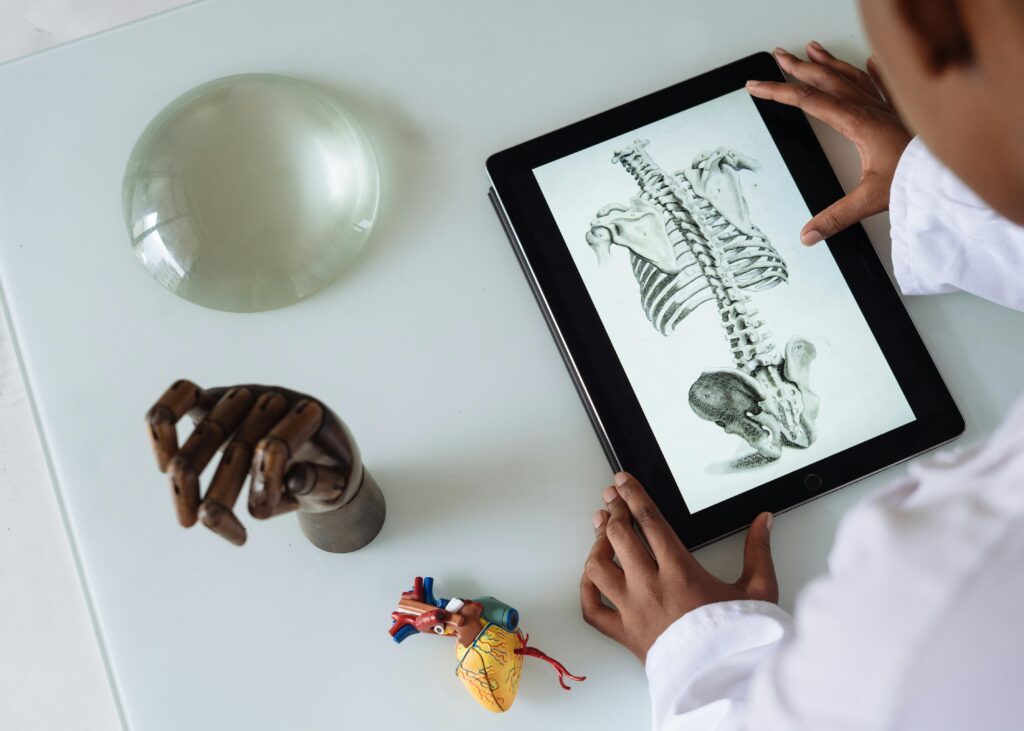The field of phlebotomy, essential for accurate diagnostic testing, has been profoundly influenced by advancements in technology. From enhanced training methods to cutting-edge collection tools, the integration of technology in phlebotomy has significantly improved efficiency, accuracy, and patient care. This article explores how technological innovations are shaping the future of phlebotomy.
Enhanced Phlebotomy Training
One of the most notable impacts of technology on phlebotomy is in the realm of training. Modern training programs leverage technology to provide comprehensive and immersive learning experiences. Many advanced phlebotomy training programs incorporate online resources and simulation-based education. These tools enable trainees to practice blood draw techniques in a controlled, risk-free environment, enhancing their skills and confidence before they interact with real patients.
Simulation-based training allows for a variety of scenarios, including difficult vein access and patient interactions, which can be repeated until proficiency is achieved. This approach not only improves the competence of phlebotomists but also increases patient safety and satisfaction.

Automated Blood Collection Devices
Another significant advancement in phlebotomy technology is the development of automated blood collection devices. These devices are designed to streamline the blood draw process, reducing the likelihood of human error and improving the overall patient experience. Automated devices ensure consistent and precise blood collection, which is critical for accurate laboratory results.
For example, devices like the VeinViewer use near-infrared light to project an image of the patient’s veins onto the skin, assisting phlebotomists in locating veins more efficiently. This technology reduces the number of needle sticks required and minimizes patient discomfort. Additionally, some automated blood collection systems are equipped with features that can adjust the needle angle and depth automatically, further enhancing the accuracy and comfort of the procedure.

Electronic Health Records (EHR) Integration
The integration of Electronic Health Records (EHR) in phlebotomy has streamlined the workflow for healthcare providers. EHR systems allow for the seamless transfer of patient information, reducing the risk of errors associated with manual data entry. Phlebotomists can access patient histories, lab orders, and previous blood draw notes directly from the EHR system, ensuring they have all the necessary information at their fingertips.
This integration also facilitates better communication between phlebotomists and other healthcare providers, leading to more coordinated and efficient patient care. Moreover, EHR systems can alert phlebotomists to any specific patient needs or precautions, further enhancing the safety and quality of care.
Mobile Phlebotomy Services
Technology has also enabled the rise of mobile phlebotomy services, which bring blood draw services directly to patients’ homes or workplaces. Mobile phlebotomy is particularly beneficial for patients with mobility issues, chronic illnesses, or those who require regular blood testing but have difficulty traveling to a healthcare facility.
Mobile phlebotomy services utilize portable diagnostic devices and secure, cloud-based systems to collect and transmit blood samples efficiently. These services provide convenience for patients and help reduce the burden on healthcare facilities, making blood collection more accessible and efficient.

Future Directions in Phlebotomy Technology
As technology continues to evolve, the field of phlebotomy is poised for even more exciting developments. Research is currently underway to explore the potential of wearable devices that can continuously monitor and collect blood samples, offering a less invasive and more convenient alternative to traditional methods. Additionally, advancements in artificial intelligence (AI) and machine learning are expected to further enhance the accuracy and efficiency of phlebotomy procedures.
In conclusion, the impact of technology on phlebotomy is profound, revolutionizing the way blood is collected, analyzed, and integrated into patient care. From enhanced training and automated devices to EHR integration and mobile services, technological innovations are transforming phlebotomy into a more precise, efficient, and patient-friendly practice. As these technologies continue to advance, the future of phlebotomy looks brighter than ever.